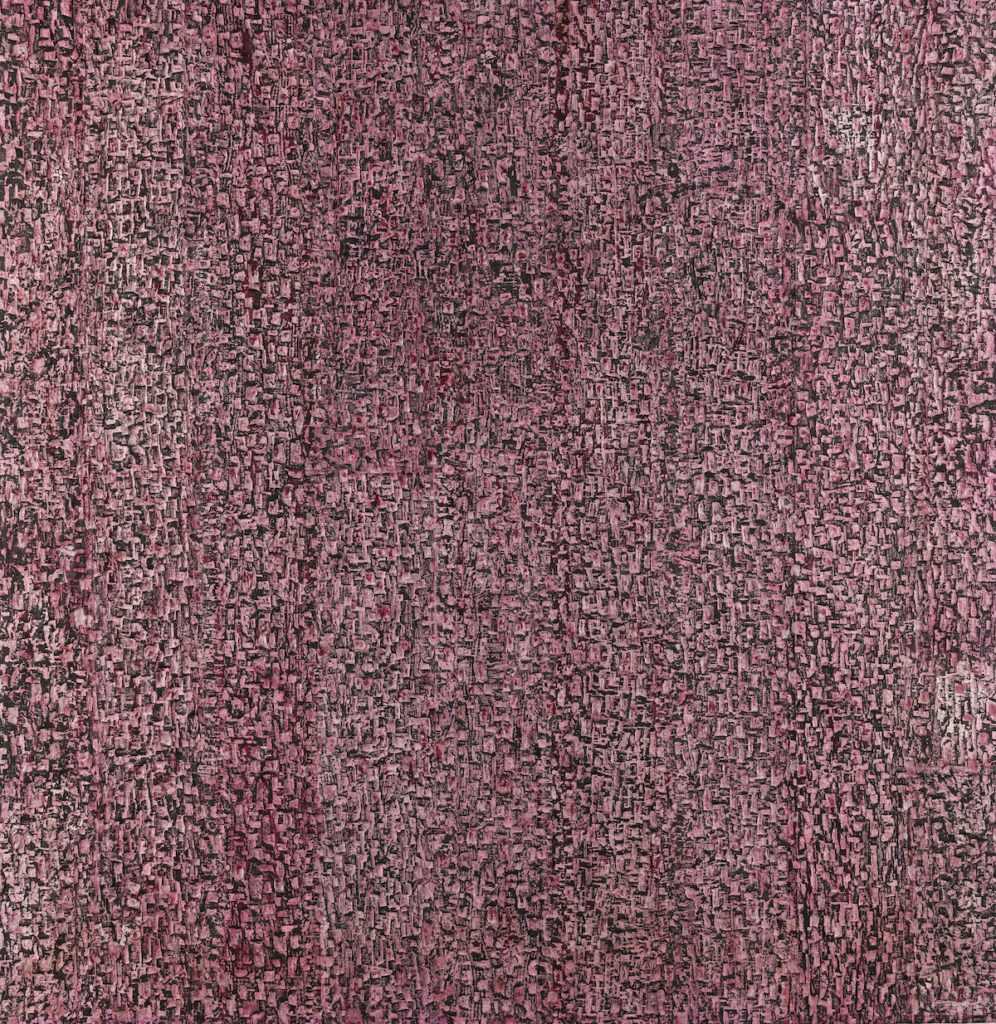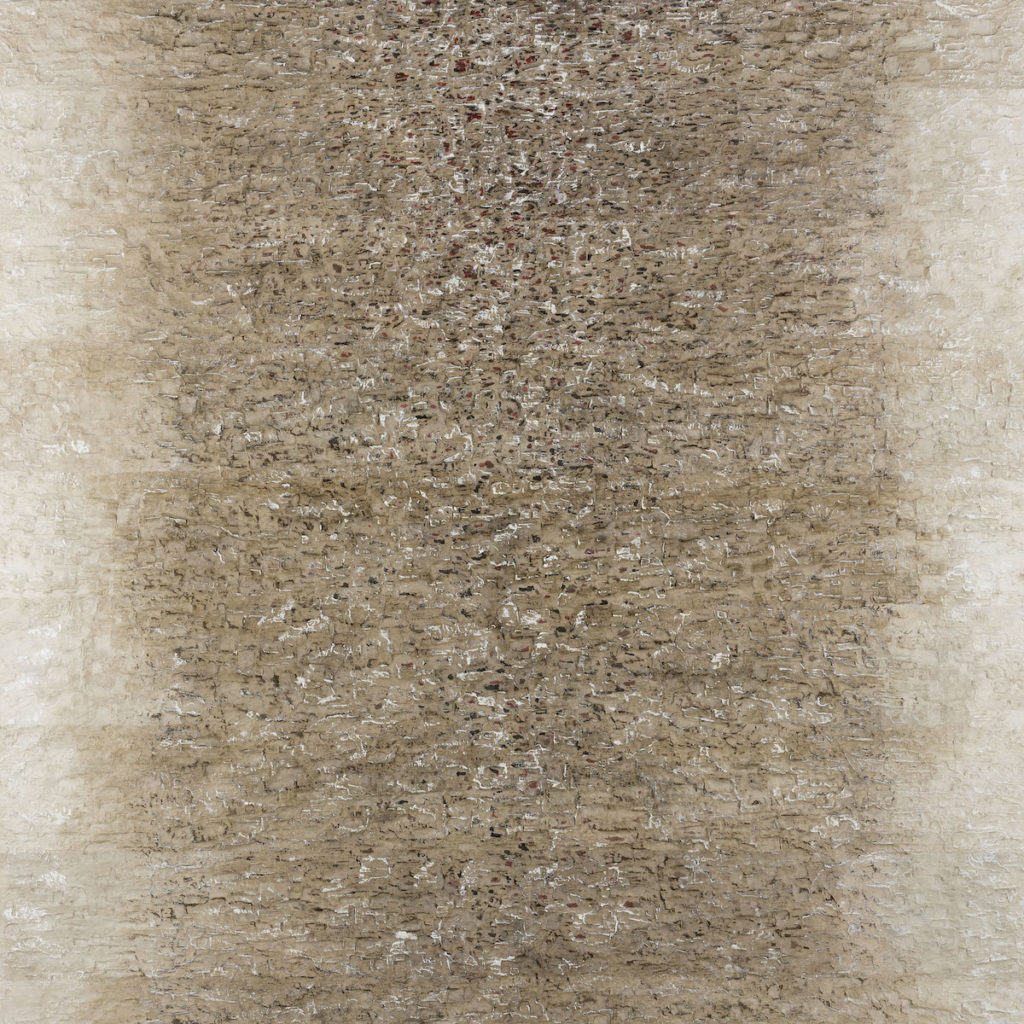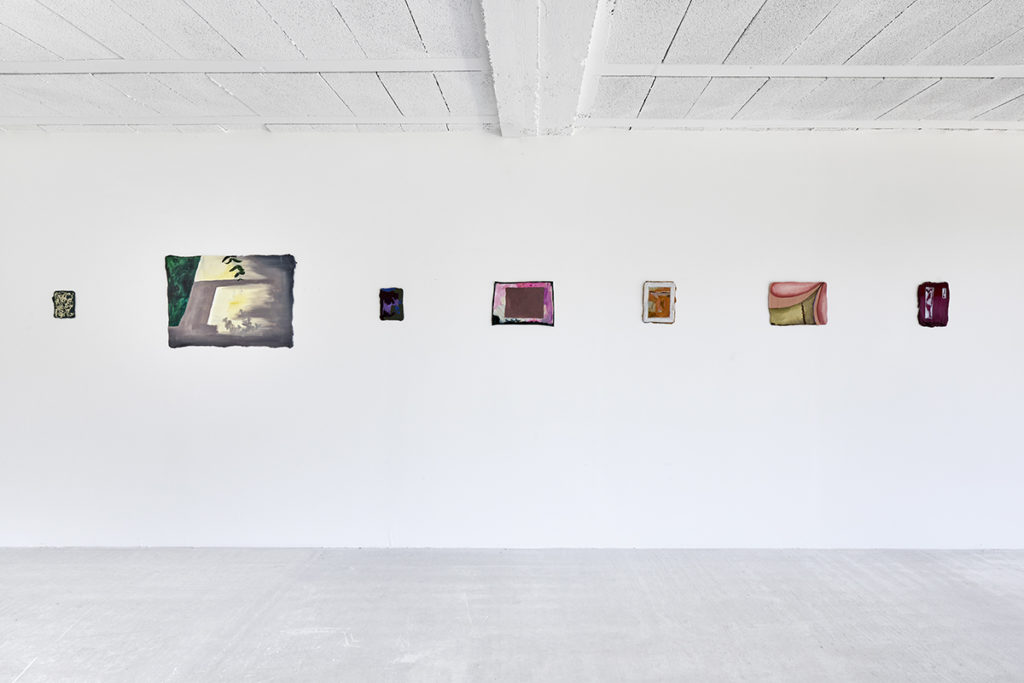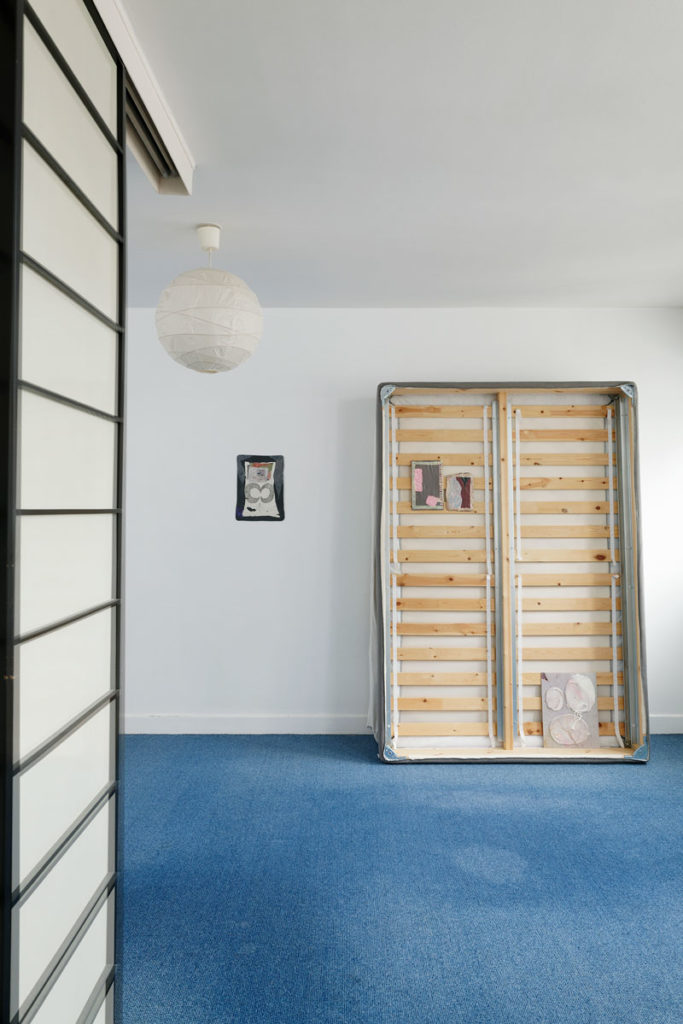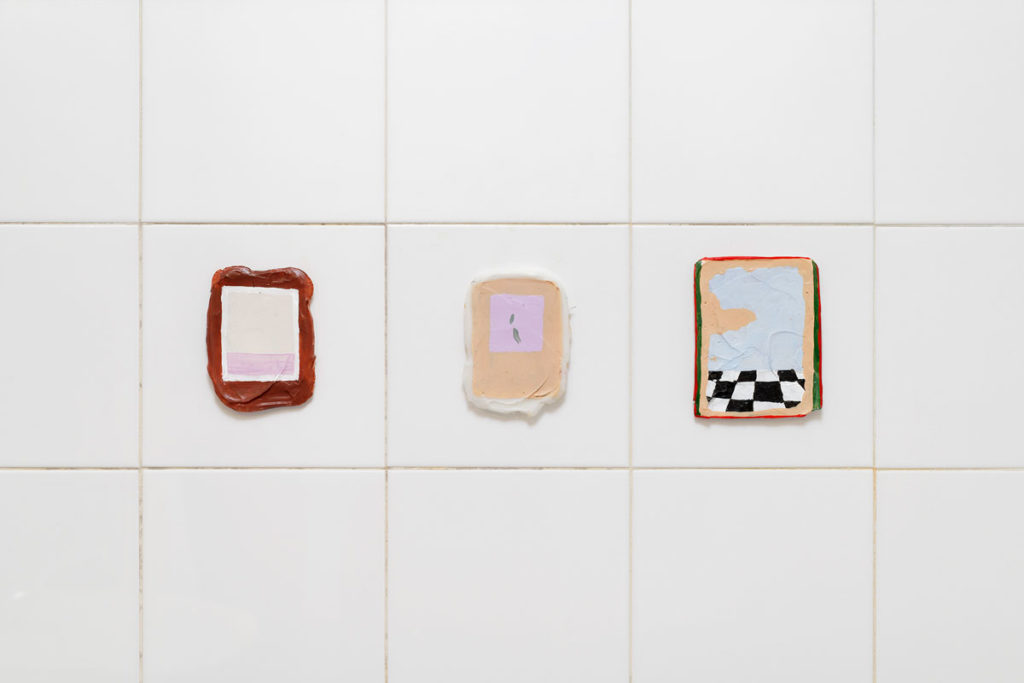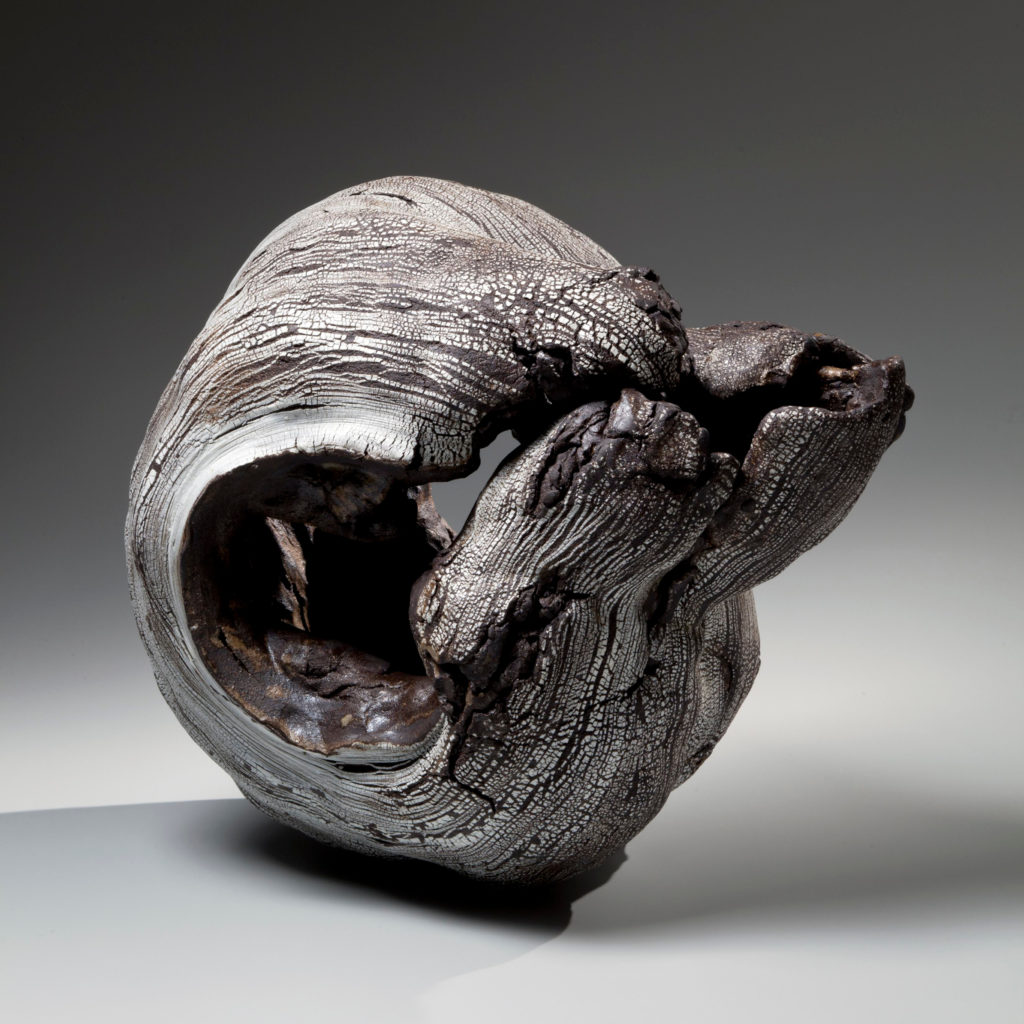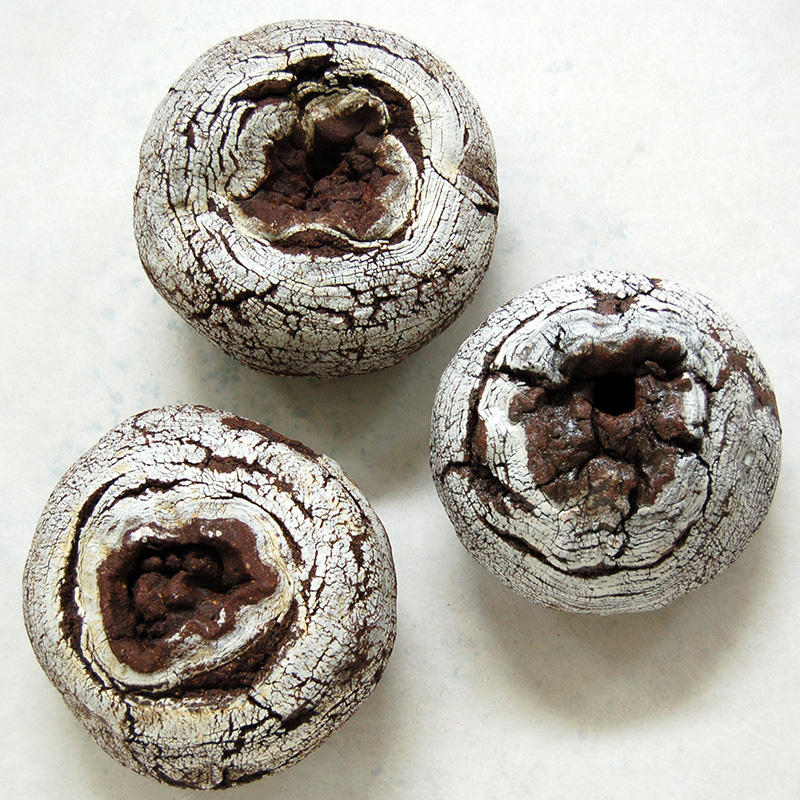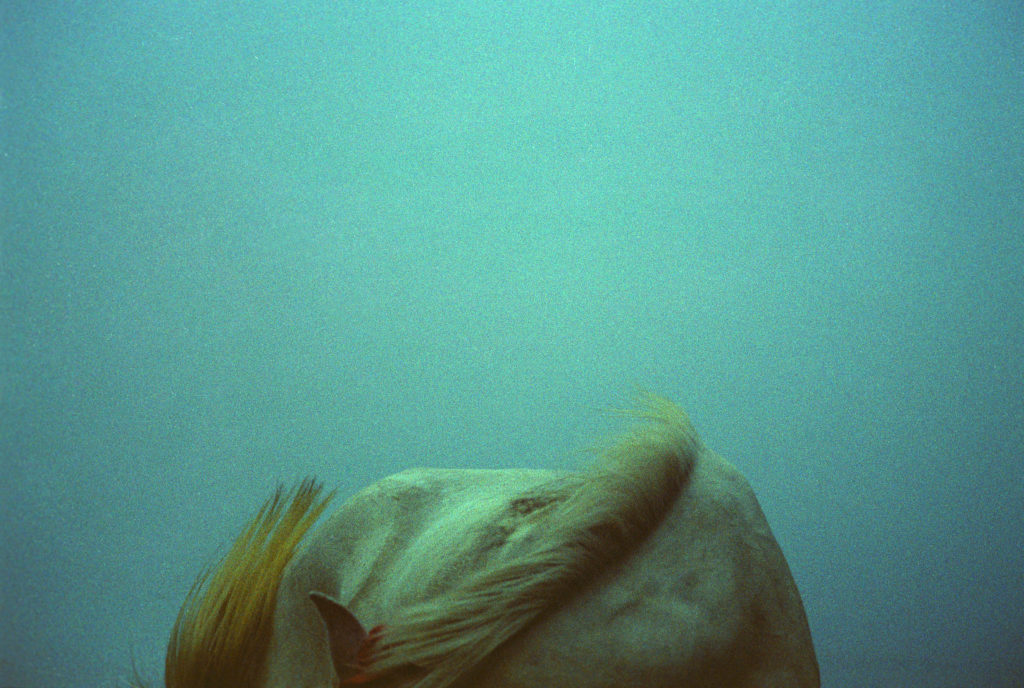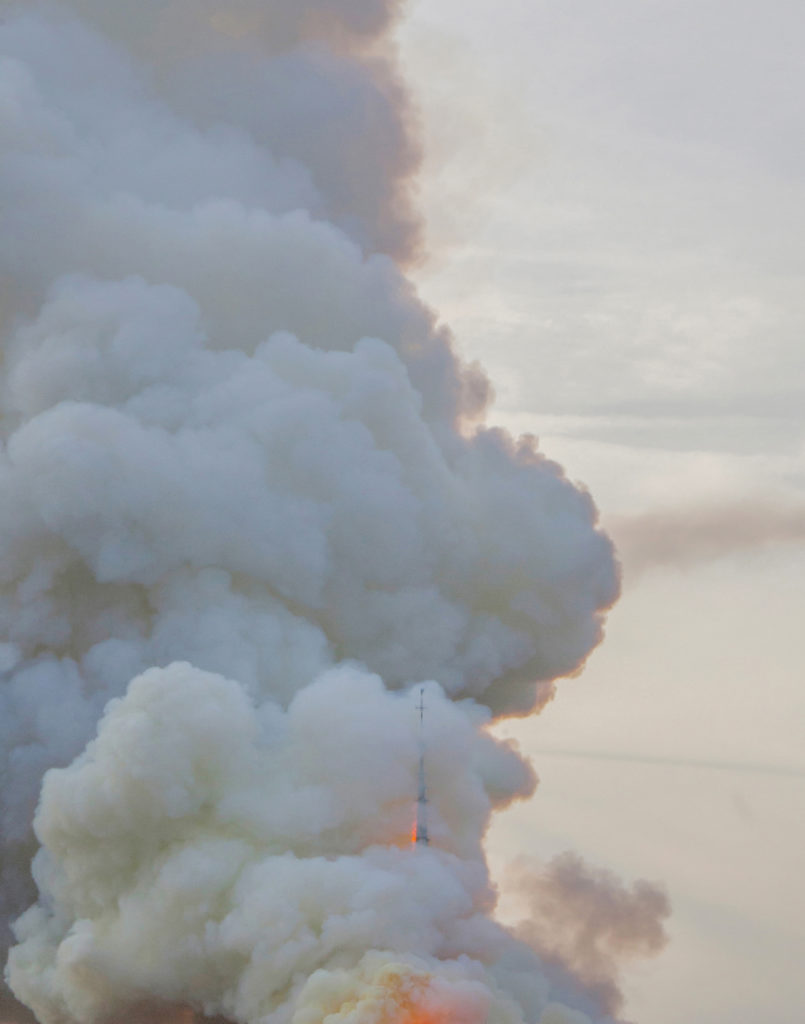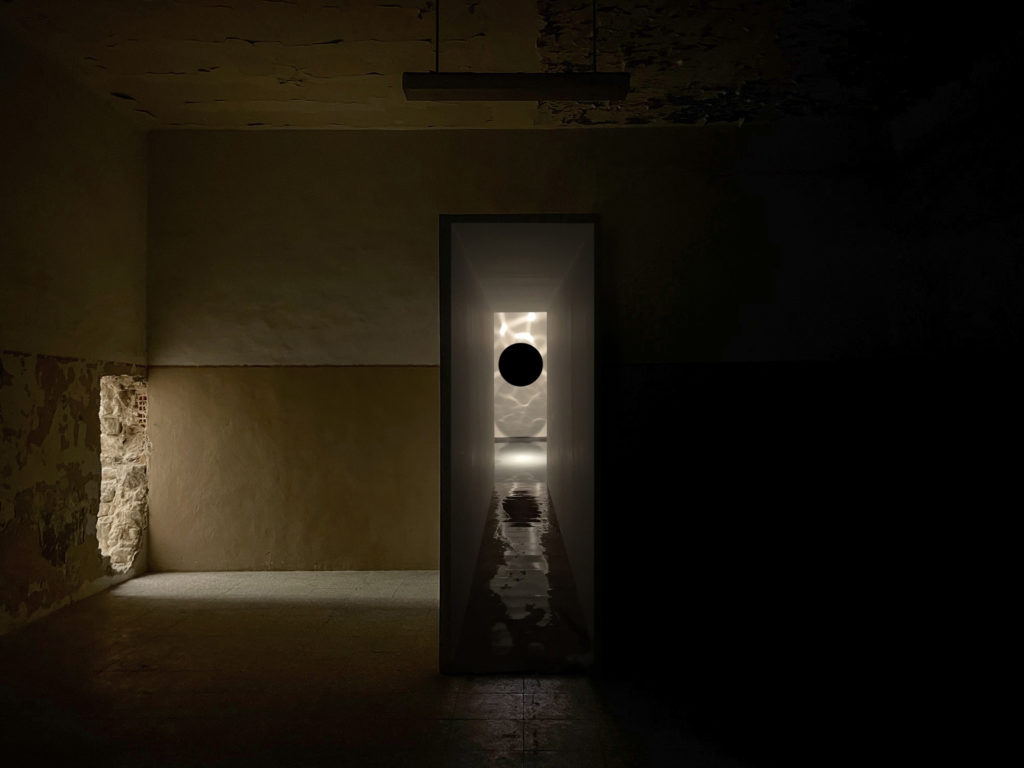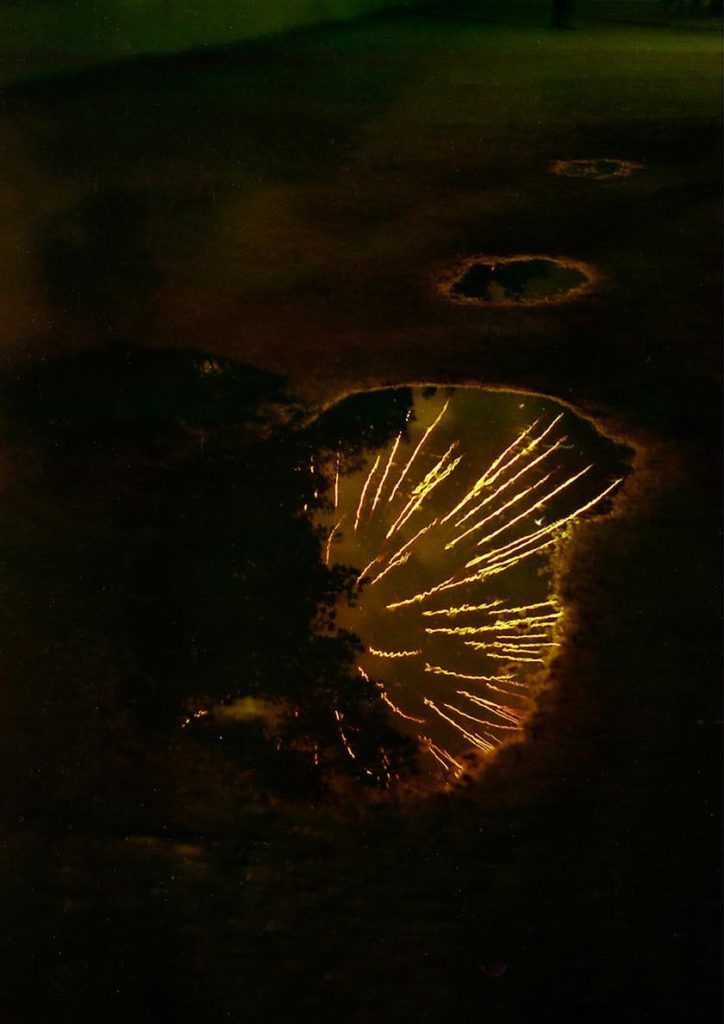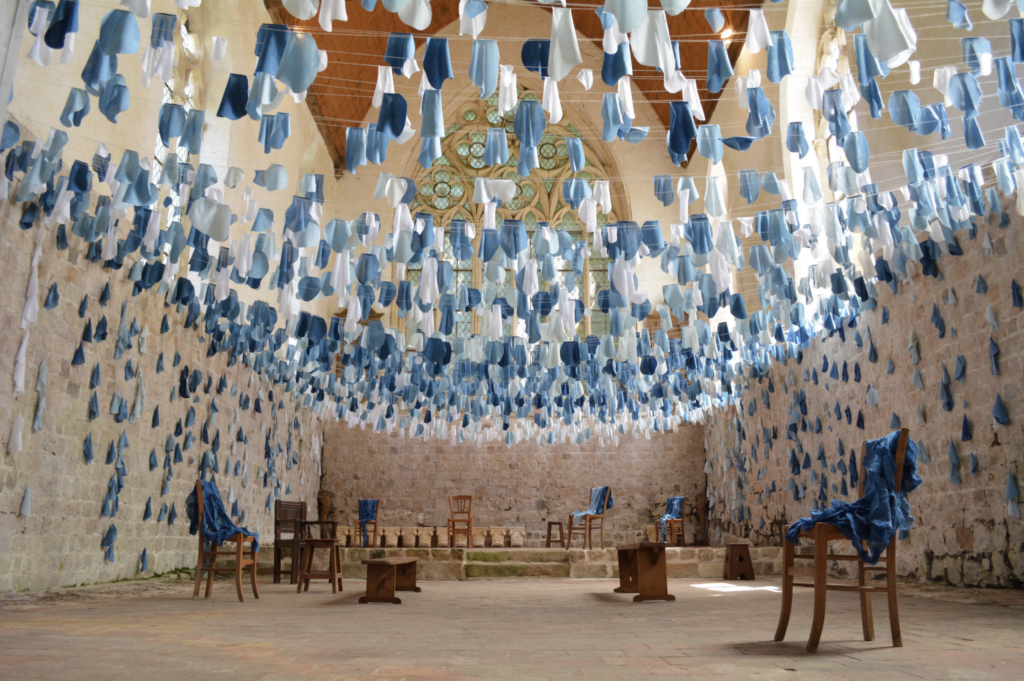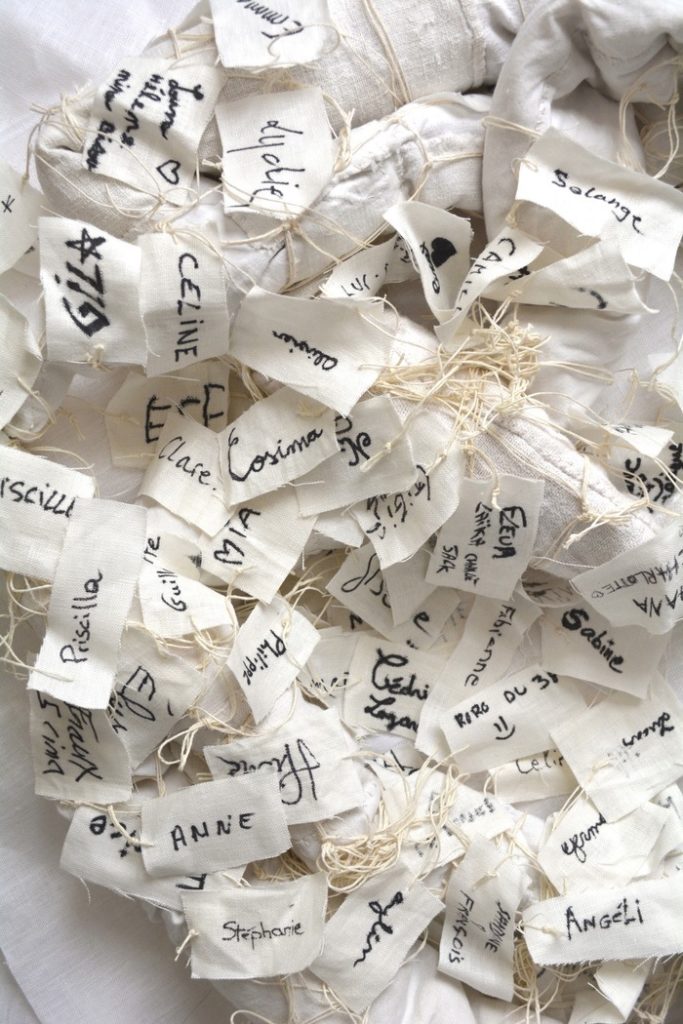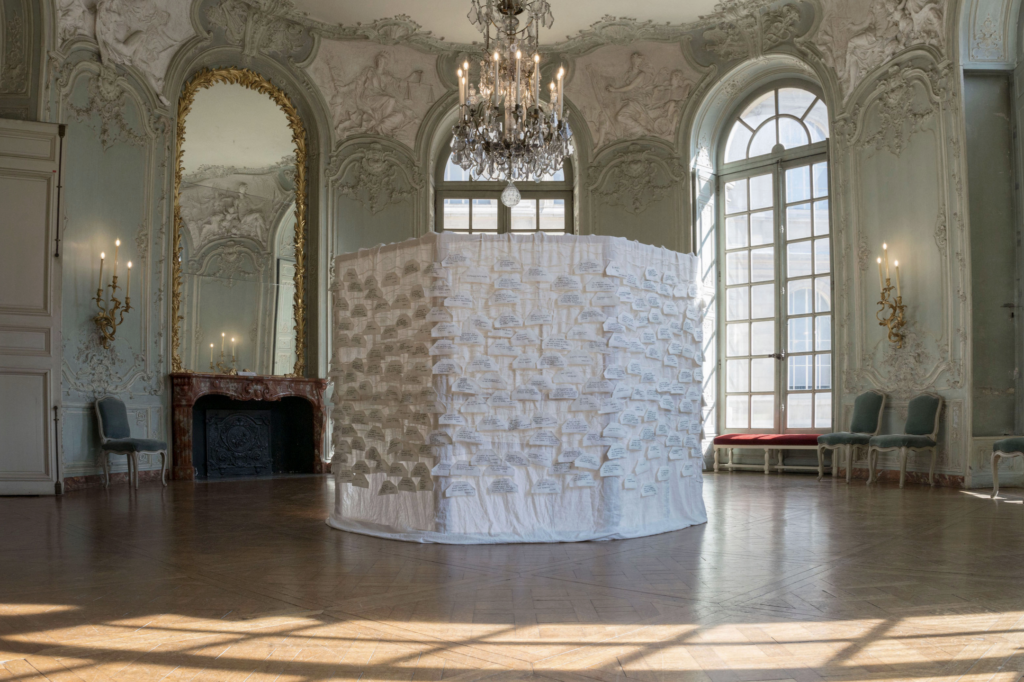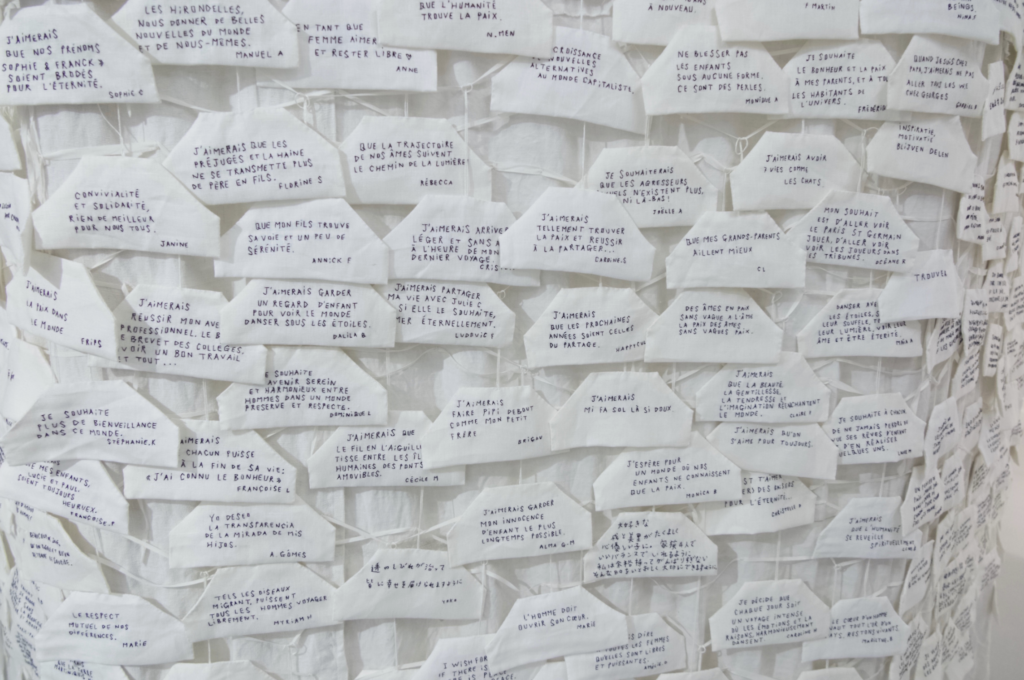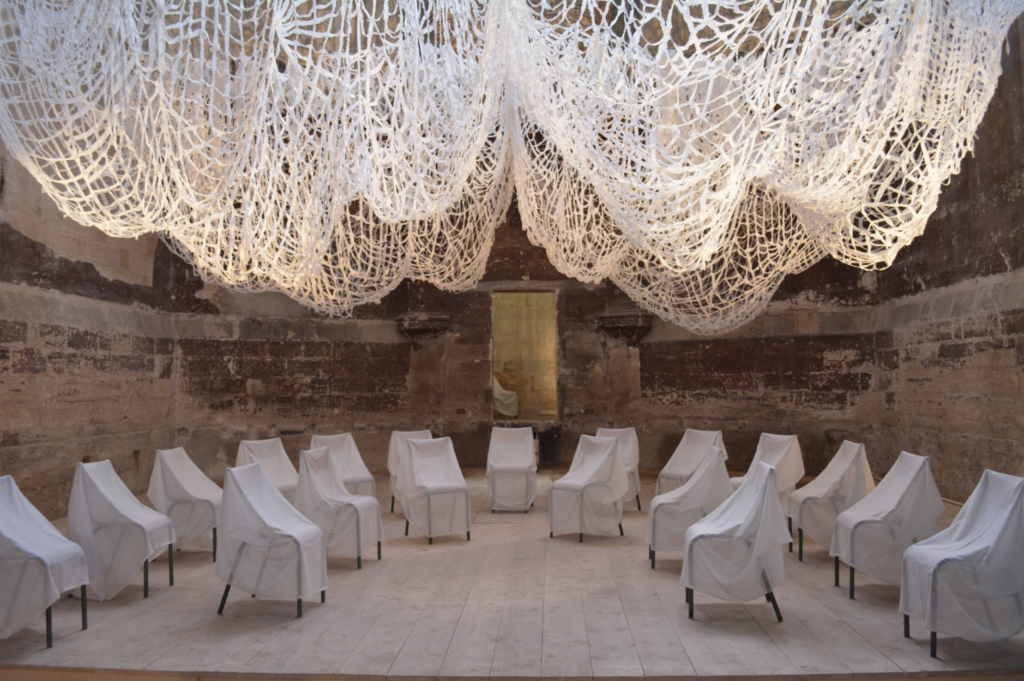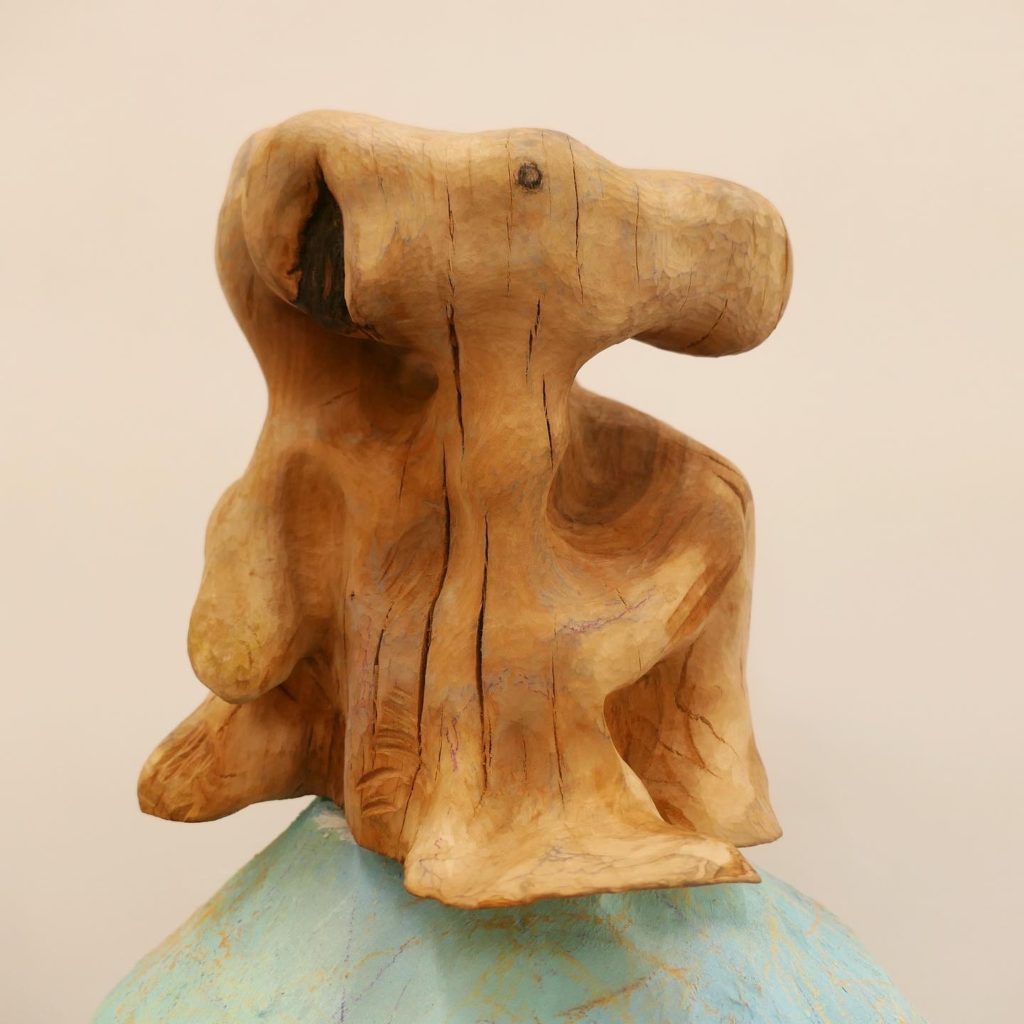by Amandine Vabre-Chau
À l’occasion du Printemps Asiatique, ACA project présente une sélection d’artistes contemporains dont le travail s’articule autour d’un matériau en particulier : le papier, la peinture, la céramique, la photographie, le textile et le bois.
Le Printemps Asiatique est une manifestation ayant pour ambition d’affirmer l’importance des arts asiatiques en France. La 6ème édition du Printemps Asiatique se déroule du 7 au 16 juin 2023.
On the occasion of the Printemps Asiatique (Asia Week Paris), ACA project presents a selection of contemporary artists whose work concentrate on a specific material: paper, painting, ceramics, photography, textile and wood.
The Printemps Asiatique is an event with the ambition to affirm the importance of Asian arts in France. The 6th edition of the Printemps Asiatique takes place from June 7 to 16, 2023.
Le papier / Paper
Young-se Lee
Young-se Lee (né en 1956, Corée du Sud) est un artiste basé en région parisienne. Puisant dans son héritage, tant dans la thématique que dans sa technique, son travail aborde la nature à travers le végétal, l’eau, la roche, la terre ou l’écorce. Des matières qui se révèlent dans ses oeuvres par un jeu texturé et créatif qu’il entreprend en utilisant le papier Hanji, un papier de mûrier. Par sa propre technique d’estampage, l’artiste positionne des bandes de papiers imbibées d’encres sur d’épaisses planches de bois préalablement entaillées, afin de construire ses paysages abstraits aux motifs naturels. Cette nature omniprésente se traduit par les matériaux qu’il utilise, non seulement le bois, mais également les encres qui sont végétales et minérales, que l’on retrouve souvent dans la peinture coréenne.
Young-se Lee (b.1956, South Korea) is an artist based near Paris. Drawing on his heritage, both thematically and technically, he approaches nature through plants, water, rock, earth or bark. These are revealed in his work by using Hanji paper, a mulberry paper, through a textured and creative play. Using his own stamping technique the artist positions strips of paper, soaked with inks, on thick planks of cut wood creating abstract landscapes with natural motifs. This omnipresent nature is also reflected in the materials he uses, from the wood to the inks as they are made with vegetables and minerals, often found in Korean painting.
La peinture / Painting
My-Lan Hoang-Thuy
Diplômée des Beaux-Arts de Paris, My-Lan Hoang-Thuy (née en 1990, France) crée ses propres supports-objets en accumulant des coulures d’acrylique qu’elle fait sécher, avant d’imprimer des images dessus. Prônant l’accident, la spontanéité et l’imperfection, elle nous invite dans son imaginaire à travers l’intime. Puisant dans sa culture Vietnamienne et forte de constats patriarcaux et coloniaux, l’artiste questionne la fétichisation de la femme asiatique en puisant dans les codes de la représentation artistique européenne. Ses travaux, de petits formats, nous demandent de nous rapprocher afin de révéler des corps flottants traversés par la matérialité de ses productions. Jouant avec la conception peinture-sculpture-objet, l’utilisant comme support même de ses réalisations, elle nous sollicite à reconsidérer ces médiums sous un autre angle, tout comme ses sujets. Alliant plaisir, questionnements, récits et vécus, l’artiste nous plonge dans son univers aux nuances paradoxales et uniques.
Graduated from the Beaux-Arts de Paris, My-Lan Hoang-Thuy (b.1990, en France) creates her own painting-objects by accumulating acrylic drips on which she prints images after drying. Celebrating accident, spontaneity and imperfection, she invites us into her imagination through the intimate and personal. Drawing from her Vietnamese culture and from patriarchal and colonial constructs, the artist questions the fetishization of the Asian women by using European codes of artistic representation. Her works, being small in scale, asks us to get closer in order to reveal floating bodies traversed by the materiality of her productions. Playing with the conception of painting-sculpture-object, using it as a carrier for her creations, she invites us to reconsider these mediums, just like her subjects. Combining pleasure, research, stories and experiences, the artist plunges us into her paradoxical and unique universe.
La céramique – Ceramics
Yoshimi Futamura
Yoshimi Futamura (née en 1959 au Japon) est une artiste céramiste résidant à Paris qui puise son inspiration dans la nature. Elle utilise un mélange d’argiles en grès, et de porcelaine granulée cuite et brute, pour créer ses formes arrondies et démantelées. Celles-ci évoquent une dimension végétale et géologique. En effet, souvent irrégulières, tordues et enroulées sur elles-mêmes, ses sculptures ont une qualité tactile et organique. Initiée à l’art du bois durant ses études, l’artiste cherche alors à mettre en valeur la matérialité de son médium tout en développant une approche thématique liée à la terre. Évoquant des écorces de bois, ses créations explorent aussi l’intériorité et l’extériorité des formes qu’elle produit, en expérimentant avec une configuration d’enclavement, de jointure et clôture.
Yoshimi Futamura (b.1959, Japan), is a ceramic artist residing in Paris who draws her inspiration from nature. She uses a blend of stoneware clays and a mixture of fired and raw granulated porcelain to create her collapsed rounded forms. These appear both vegetal and geological in origin. Her sculptures have an organic tactile quality to them, irregular and often twisting and curling on themselves. Initiated to the art of wood firing as a student, she seeks to showcase the materiality of her medium while developing a thematic approach linked to earth. Resembling wood barks, her sculptures also explore the internal and external forms of her creations by experimenting with enclosed, joint and disjointed configurations.
La photographie / Photography
Mao Tao
Mao Tao (né en 1987, en Chine) est un photographe travaillant en France qui analyse les notions de dysfonctionnements quotidiens, de paradoxes, et d’entre-deux. Dans sa série “I don’t know”, Mao Tao produit des tirages photographiques d’écrans de télévision montrant une image arrêtée, saccadée, créant un dialogue complexe entre l’attente, l’illusoire et la rupture. De même, cette exploration du fallacieux, mais surtout du temps, se traduit dans “Absurdism”, une série de photographies représentant des parcs de loisirs abandonnés en Chine. Son travail questionne le visible/invisible, les vestiges, les contradictions de tous les jours et l’instantané. Cela se traduit alors même dans ses procédés, notamment avec sa série “Fluide” qui présente des images transférées sur un mur blanc : ne reste alors que la légère matérialité de ces portraits, des détails parsemés tels des silhouettes fantomatiques. Mao Tao est diplôme des Beaux-Arts Paris, après avoir étudié à la Willem de Kooning Academy, Rotterdam, et la China Central Academy of Fine Arts, Pékin.
Mao Tao (b.1987, China) is a photographer working in France who analyses notions of dysfunctional, daily paradoxes and in-betweeness. In his series “I don’t know”, Mao Tao produces photographic prints of television screens showing a stopped, choppy image, creating a complex dialogue between expectation, illusion and rupture. Similarly, this exploration of the fallacious along with time, is translated into “Absurdism”, a photo series depicting abandoned recreation parks in China. His work questions the visible/invisible, remnants, the contradictions of everyday life and the instantaneous. This is reflected even in his processes, notably with his series “Fluid” which presents images transferred onto a white wall. Only the faint materiality of these portraits remains, details dotted like ghostly silhouettes. Mao Tao graduated from Beaux-Arts de Paris, after studying at the Willem de Kooning Academy, Rotterdam, and the China Central Academy of Fine Arts, Beijing.
Le textile / Textile
Rieko Koga
Rieko Koga (née en 1971, au Japon) est une artiste contemporaine qui travaille à Paris. Elle articule son univers autour du fil et de l’aiguille, travaillant de manière spontanée et parfois collective avec le public. Considérant la broderie comme une prière, l’artiste utilise le fil comme symbole de connexion entre le spirituel et le matériel. Dans son installation « We Were Here », Rieko Koga invite les visiteurs à écrire leur nom sur un morceau de tissu et à l’attacher à une structure en lin blanc. Notre nom est le premier mot que nous apprenons à épeler, sa signification identitaire et personnelle est ici magnifiée, dans l’union, comme preuve de notre existence et individualité. Cette approche de l’écriture se retrouve dans beaucoup de ses œuvres où elle écoute l’espace, les individus autour d’elle et les invite à prendre part à son univers.
Rieko Koga (b.1971, Japan) is a contemporary artist currently working in Paris. She expresses her universe through threads and needles, working spontaneously, and sometimes collectively with public participation. Considering embroidery as a prayer, the artist uses thread as a connection symbol between the spiritual and the material. In her installation «We Were Here», Rieko invited visitors to write their names on a piece of fabric and attach the tag to a white linen structure. Names are our first approach to writing, their significance in our identity and selfhood is here magnified, in union, as proof of our existence and individuality. This approach to writing can be found in many of her works where she listens to the space, the people around her and invite them into her world.
Le bois / Wood
Kong Shengqi
Kong Shengqi (née en 1989, Chine) est une artiste chinoise vivant à Paris. Elle travaille le bois et sculpte des objets évoquant l’enfance, le mysticisme, les rituels et le fantastique. Ses sculptures sont à visages ronds, tantôt enfantins, tantôt terrifiants. Ils portent de multiples facettes en un : en regardant à travers la cavité d’une bouche ouverte, on peut percevoir des yeux de l’autre côté. Ses créations s’inspirent des arts Natifs nord-américains, notamment d’Alaska ou des terres Inuites du Canada. L’artiste cherche à éveiller l’imagination du visiteur, l’invitant à projeter ses propres interprétations pour explorer la sacralité et l’humanité. Alliant intériorité et extériorité, son œuvre évoque le corps vivant : ce qui se passe à l’intérieur de chaque être, que ce soit biologique ou mystique.
Kong Shengqi (b.1989, China) is a Chinese artist living in Paris. She works with wood and sculpts objects evoking childhood, mysticism, rituals and the fantastic. Her sculptures have round features, at times childish, at times terrifying. They carry multiple facets in one: looking through the cavity of an opened mouth, we can perceive two eyes on the other side of it. Her creations suggest inspiration from the North American Native arts, notably located in Alaska or on the Inuit lands of Canada. The artist seeks to call forth the visitor’s own imagination, inviting them to project their own interpretations to explore sacrality and humanity. Combining interiority with exteriority, her work conjures the living body: what happens inside every being, be it biological of mystical.
ACA project est une association française dédiée à la promotion de la connaissance de l’art contemporain asiatique, en particulier l’art contemporain chinois, coréen, japonais et d’Asie du sud-est. Grâce à notre réseau de bénévoles et de partenaires, nous publions régulièrement une newsletter, des actualités, des interviews, une base de données, et organisons des événements principalement en ligne et à Paris. Si vous aimez nos articles et nos actions, n’hésitez pas à nous soutenir par un don ou à nous écrire.
ACA project is a French association dedicated to the promotion of the knowledge about Asian contemporary art, in particular Chinese, Korea, Japanese and South-East Asian art. Thanks to our network of volunteers and partners, we publish a bimonthly newsletter, as well as news, interviews and database, and we organise or take part in events mostly online or in Paris, France. If you like our articles and our actions, feel free to support us by making a donation or writing to us.

